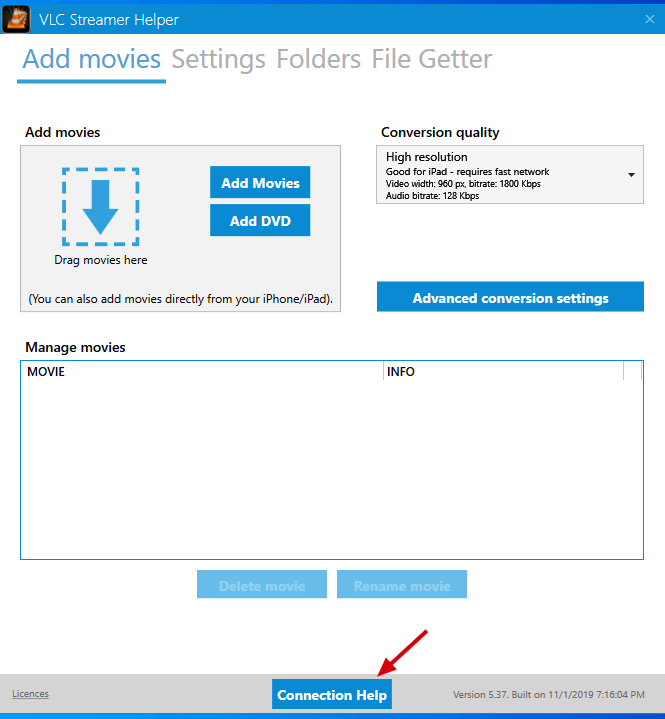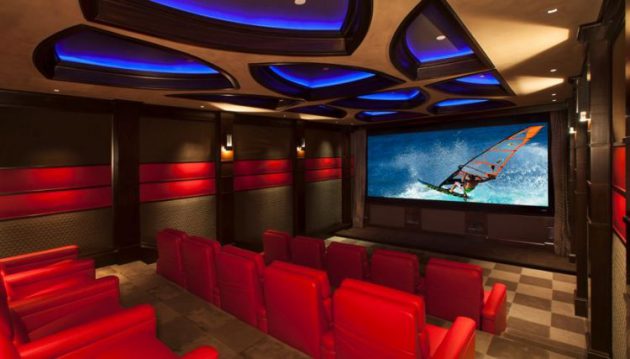

The next step up involves the addition of a center channel: A speaker placed between the front left and right speakers that is primarily responsible for reproducing dialogue in movies. Surround sound, at its most basic, involves a set of stereo front speakers (left and right) and a set of surround speakers, which are usually placed just to the sides and just behind a central listening position. Understanding a few core concepts will help orient you so that you can follow the conversation to come, so here’s what you should know before we get down to the nitty-gritty: The speakers We’ll get to the history of surround sound and the specs of all the competing formats in just a minute - but first, let’s get the basics out of the way.

If you’re a layperson looking to understand how Atmos and its competitors can revolutionize your home theater, you’ll need a quick surround sound primer and a brief history lesson before building your setup.

This being a top-to-bottom surround sound guide, however, we need to journey back before we can move forward.

Today, most quality A/V receivers support object-based surround sound, and the tech that helped revitalize movie theaters is now available in the home.ĭigital music is also getting the Atmos treatment, with a number of streaming services (Tidal, Amazon Music, and Apple Music, to name a few) already taking advantage of Dolby Atmos Music, an offshoot of its theatrical, object-based sound technology.Ītmos isn’t the only payer in this space, either, as competitors like DTS:X and Sony’s 360 Reality Audio will look to challenge Dolby for sonic supremacy in the months and years ahead. With the development of compatible A/V receivers, the battlefield quickly shifted to the living room. This meant that, theoretically, theater operators were limited only by their appetite to add extra speakers and amplification. Known in the industry as “object-based” sound technology, Atmos allowed for up to 128 distinct sound objects to be represented in a given scene, which could be routed to up to 64 different speakers.Ĭompetitors like Digital Theater Systems (DTS) soon followed suit, with the company boasting that its DTS:X technology could produce more individual audio feeds than Atmos, which was hard-capped at 64.
#Home movie audio tracks professional
With Atmos, the sounds in a theater could now come from distinct locations determined by the professional audio mixers that had arranged them. For instance, if you were watching an action movie and there was an explosion on the right side of the screen, half of the speakers in the theater would all play that same sound. Theater speakers have always been able to crank out some serious decibels, but before Atmos, they weren’t all that sophisticated in terms of their underlying tech. Not only were premium movie houses proliferating, offering luxury seating and restaurant-quality food, but many venues were also upgrading their sound systems using Dolby’s revolutionary Atmos technology. You see, before the coronavirus pandemic upended life as we knew it, theaters were in the midst of a renaissance of sorts. You may have heard something about 3D or “object-based” surround sound, which began making waves around six years ago as part of a push to modernize struggling movie theaters. But before we do, let’s take a quick look at the Dolby Atmos and DTS:X, the two surround sound ecosystems that everyone’s talking about. We’re going to take a very deep dive into exactly how it works and the technologies that brought us to today’s state of the art.


 0 kommentar(er)
0 kommentar(er)
